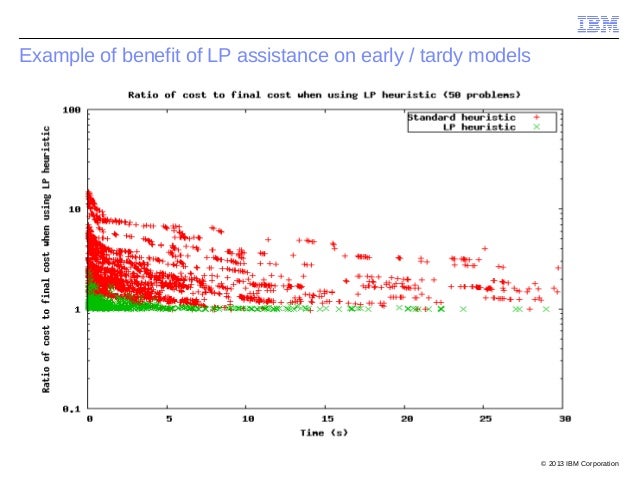

How much fruit servings would the family have to consume on a daily basis per person to minimize their cost?Īnswer : We begin step-wise with the formulation of the problem first. 1 serving contains 5.2 mg of Vitamin C.Įvery person of the family would like to have at least 20 mg of Vitamin C daily but would like to keep the intake under 60 mg. Given: 1 banana contains 8.8 mg of Vitamin C and 100-125 g of apples i.e. They choose apples and bananas as their target fruits, which can be purchased from an online vendor in bulk at a reasonable price.īananas cost 30 rupees per dozen (6 servings) and apples cost 80 rupees per kg (8 servings). Question 1: A health-conscious family wants to have a very well controlled vitamin C-rich mixed fruit-breakfast which is a good source of dietary fibre as well in the form of 5 fruit servings per day. You have found your solution! Worried about the execution of this seemingly long algorithm? Check out a solved example below! Solved Examples for You To find out the optimized objective function, one can simply put in the values of these parameters in the equation of the objective function. The Optimum Point gives you the values of the decision variables necessary to optimize the objective function. Otherwise, you may proceed algebraically also if the optimum point is at the intersection of two constraint lines and find it by solving a set of simultaneous linear equations. This can be done by drawing two perpendicular lines from the point onto the coordinate axes and noting down the coordinates. Once you locate the optimum point, you’ll need to find its coordinates. Step 7: Calculate the coordinates of the optimum point.
#Graphic lp optimizer pdf#
This is the optimum point for maximizing the function.ĭownload Linear Programming Problem Cheat Sheet PDF by clicking on the download button below
#Graphic lp optimizer how to#
How to find it? Place a ruler on the graph sheet, parallel to the objective function. Step 6: Find the optimum point Optimum PointsĪn optimum point always lies on one of the corners of the feasible region. Choose the constant value in the equation of the objective function randomly, just to make it clearly distinguishable. One must be sure to draw it differently from the constraint lines to avoid confusion. It will clearly be a straight line since we are dealing with linear equations here. Step 5: Plot the objective function on the graph Choosing any point in this area would result in a valid solution for our objective function. It could be viewed as the intersection of the valid regions of each constraint line as well. The feasible solution region on the graph is the one which is satisfied by all the constraints. Step 4: Identify the feasible solution region If yes, then the side of the constraint lines on which the origin lies is the valid side. How to check? A simple method is to put the coordinates of the origin (0,0) in the problem and determine whether the objective function takes on a physical solution or not. This is used to determine the domain of the available space, which can result in a feasible solution. Step 3: Determine the valid side of each constraint line

One must know that one cannot imagine more than 3-dimensions anyway! The constraint lines can be constructed by joining the horizontal and vertical intercepts found from each constraint equation. This should give you an idea about the complexity of this step if the number of decision variables increases. The graph must be constructed in ‘n’ dimensions, where ‘n’ is the number of decision variables.


Step 2: Construct a graph and plot the constraint lines


 0 kommentar(er)
0 kommentar(er)
